The young white man was an actor, the young black man a drug store worker. They were going undercover with constructed identities – new families, new ages, new addresses, new incomes, new jobs. The white man was cloaked as a building contractor, the black man as a piano tuner.
Married without children to a working wife with a household income of $125,000, their essential personas were interchangeable – except for the black-and-white distinguishing factor of race.
One month apart in the spring of 2016, each strapped a tiny camera to his chest with a miniature lens that peeked through a button hole of his shirt. Then, with the camera running, each separately met with one of Long Island’s 27,000 licensed residential real estate brokers and agents.
Posing as first-time house hunters in the spring of 2016, white actor Steven Makropoulos and black drug store worker Ryan Sett led a 25-member platoon of white, black, Hispanic and Asian New Yorkers into Newsday’s investigation of residential brokering.
Ordinary folks stocked the platoon: a 20-year-old college student, a 69-year-old lawyer, teachers, a computer tech, actors and more. All were recruited by Newsday to work as paired testers in the hope of measuring how often, if at all, agents provided unequal service to white and minority house hunters.
Collectively, they went undercover with agents for 16 months and recorded 240 hours of video in 109 tests conducted from April 2016 to August 2017. A professional court reporter created typed transcripts of the meetings between testers and agents. Newsday journalists reviewed the transcripts for accuracy and used them to verify that testers had, in fact, presented matching profiles to agents.
This is the story behind the three-year investigation.
How paired testing works
Fair-housing violations are determined by the courts. Enforcement authorities generally file charges after subjecting an agent to several paired tests to establish a pattern, but they do bring cases based on a single test when an agent has openly expressed bias.
Newsday tested each agent only once. Falling short of proving legal wrongdoing, the results provide a single comparison of customer contacts and offer no insight into an agent’s general professional conduct.
Collectively, however, the individual test results, bolstered by statistical findings, form a body of evidence suggesting the extent of discriminatory practices by agents in Long Island home sales.
Additionally, read side by side, some matched transcripts uniquely revealed the hidden disparities experienced by minority house hunters without their ever knowing they had been disadvantaged.
Paired testing has been central to investigating housing discrimination for almost half a century. Enforcement agencies, including the U.S. Department of Housing and Urban Development and the U.S. Justice Department, rely on undercover testers to determine whether real estate agents deny equal opportunities to home hunters based on race or ethnicity.
In fact, enforcement of the Fair Housing Act, as well as of state and local anti-discrimination statutes, is often powered by paired testing.
Two testers of the same gender and age bracket – but of different races or ethnicities – are given matching personas. The profiles typically include the same family status, education level, type of job, level of income and credit score. After being matched in a pair, the testers separately tell a real estate agent that they are searching for houses with identical qualities, prices and locations.
The personal characteristics and search terms are drawn to be as identical as possible, bringing race or ethnicity to the fore if an agent treats, say, a white and a black tester differently.
Explore the testsCourts, including the U.S. Supreme Court, have recognized testing as a tool for uncovering disparate treatment since the 1970s, the decade after passage of the Fair Housing Act. They have stated that testing can produce evidence of discrimination that is otherwise unavailable, while imposing limited burdens on agents who are tested. They have also granted testers standing to file discrimination suits based on the results of their undercover work.
In the early era of testing after passage of the landmark Fair Housing Act in 1968, discrimination was far more blatant. Today, practices such as the outright refusal to sell houses to African Americans have given way to the hidden disparities of denying equal service to minority house hunters and “steering” minorities and whites to different neighborhoods.
“Without testing, it would be very difficult to uncover what is going on in today’s housing market,” said Carla Wortheim , executive vice president of the Metropolitan Milwaukee Fair Housing Council. “Housing discrimination today is done with a smile and a handshake instead of that door being slammed in the face.”
Who does paired testing
The Department of Housing and Urban Development provides funding to fair housing advocacy organizations across the country with the goal of stemming discrimination in home sales or rentals.
Enforcement often targets major landlords or real estate brokerages. Typically, the investigating organization subjects a landlord or brokerage to several tests to gather the evidence necessary for a court action alleging fair housing violations.
HUD also uses paired testing roughly every 10 years to study housing discrimination nationwide. The department has increased the volume of the testing it does for research, not enforcement, purposes, from 3,264 paired tests in 1977 to 8,047 paired tests in 2012. HUD’s testing covers both rental and sales discrimination.
The department’s 2012 research fielded 135 sales tests across the New York-Northern New Jersey region, an area with a population in excess of 20 million people. The region covers Long Island, New York City, the city’s northern suburbs and close-in counties across the Hudson River.
Although Nassau and Suffolk are among the nation’s most segregated counties, that 2012 research bypassed them entirely, according to the Urban Institute, a social policy think tank that aggregates paired-testing surveys for HUD.
How testers were trained
Newsday’s prospective homebuyers – the testers – were a diverse group: white, black, Asian and Hispanic.




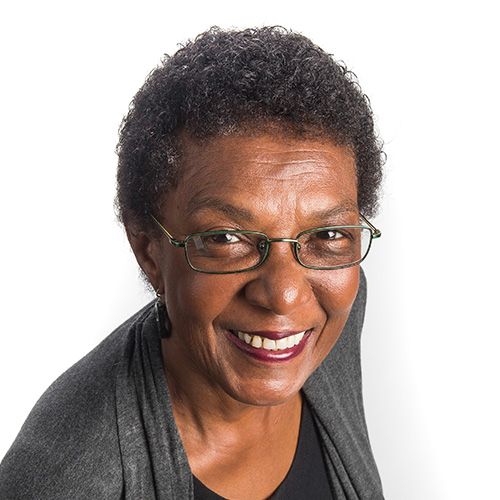

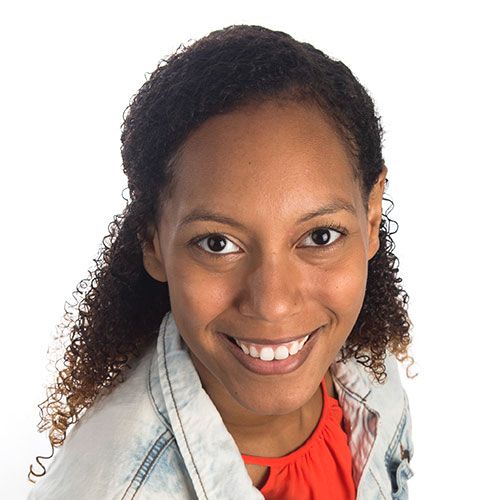



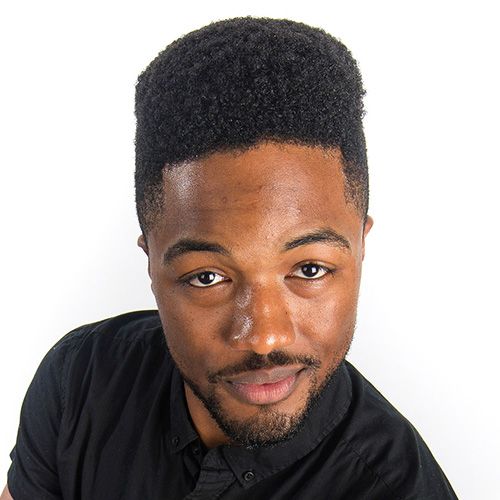



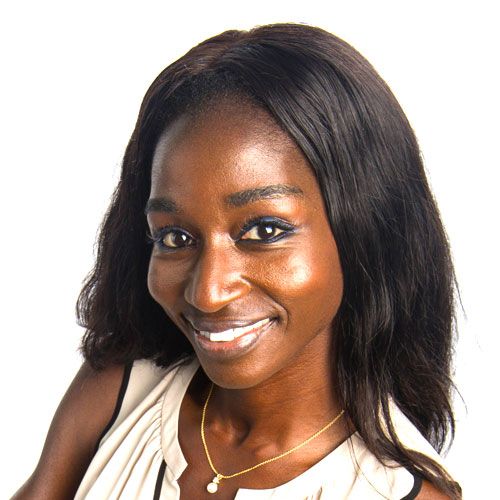
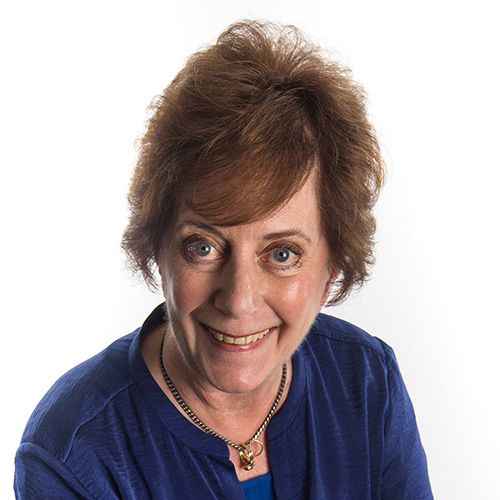

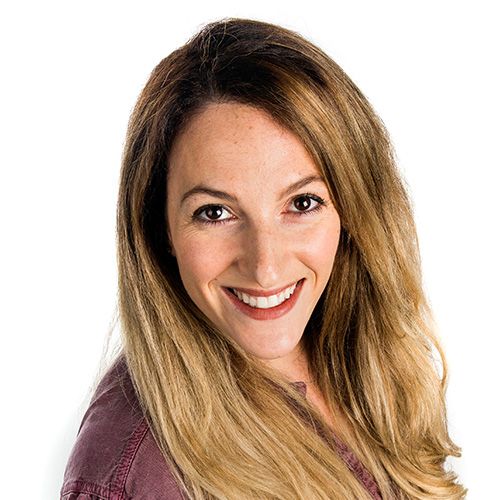


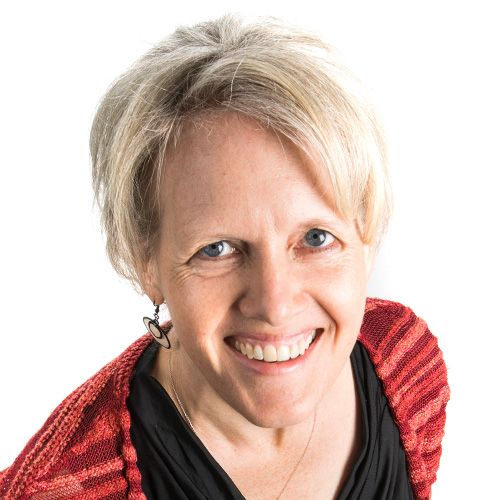
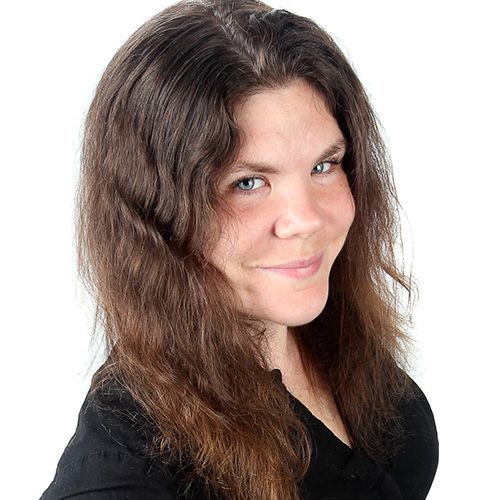


Tester portraits by Arnold Miller, William Perlman and Chris Ware
The Fair Housing Justice Center in Long Island City, an organization that has the nation’s most extensive paired-testing experience, trained the testers to interact properly with the agents. Executive director Fred Freiberg served as a paid Newsday consultant for that work and his organization was compensated for helping to design the testing. He was not paid to evaluate test results.
Newsday paid testers $16 an hour and reimbursed travel costs.
Freiberg provided multiple daylong training sessions for testers. Additionally, a member of his staff helped develop testing protocols for Newsday’s investigation and assisted in analyzing test results.
Newsday provided the testers with aliases and written profiles of the characters they were to portray as they “shopped” for homes on the Island, focusing only on purchases rather than rentals. For Hispanic testers, the aliases used common Hispanic surnames. The United States Census Bureau defines Hispanics and Latinos as people of Cuban, Mexican, Puerto Rican, South or Central American or other Spanish culture or origin regardless of race.
The profiles included, among other details, occupation, spouse’s occupation, whether or not they had children, the children’s ages and year of schooling. The identities also included supposed income, credit scores, how much money testers had in the bank, how much money they were prepared to spend on a house and how much money they had to put down.
To be convincing to real estate agents, testers also memorized a phone number, fictional address and credit card accounts.
Some researched which subway line they would take from a supposed city apartment to get to a supposed job, or how long it had taken them to drive from a home in the city to a job on Long Island.
Newsday reporters drilled the testers: How much were they able to spend on a home? What would their down payment be (usually 20 percent of the purchase price)? What was their occupation and their spouse’s? What school did their children attend? Why were they looking for a house search in a particular area?
Reporters also outfitted each tester with a video recorder concealed in clothing or a handbag. The recorder was turned on for the duration of meetings. If an agent escorted a tester on a house tour, the tour was similarly recorded.
Testers get outfitted with special hidden cameras for their tests.
Following the same protocol, Newsday assigned a second tester to arrange a meeting with the same agent. If the first tester was white, the second tester would be black, Hispanic or Asian, and vice versa. The median time between tests was 57 days.
Newsday later verified that agents had houses to sell when meeting with testers, based on analyses provided by Zillow, the online home search site.
Zillow draws an inventory of available homes daily from the Multiple Listing Service of Long Island, the computerized system used by agents to track the market and select possible houses for buyers. MLSLI said that it does not maintain its own database of past daily inventories, as Zillow does, and so could not provide the same type of tallies.
While Zillow’s figures do not exclude properties that had been taken off the market because, for instance, owners had signed sales contracts, its inventory of homes was similar for white and nonwhite testers.
On average, according to Zillow, 304 homes were available on dates that white testers spoke with agents and 296 when black, Hispanic and Asian testers met with them. In more than 90% of the matching paired tests, Zillow showed more than 100 houses on the market when each of the two testers met with an agent.
Further bolstering the reliability of Zillow’s statistics, MLSLI and Zillow both count the inventory of homes available for sale on a monthly basis. Their numbers were highly correlated.
Zillow’s inventory figures rose and fell with the numbers published by MLSLI during Newsday’s testing period, with Zillow showing on average 6 percent more available homes in Nassau than MLSLI and 26 percent more in Suffolk as inventories expanded and contracted month by month.
Testers asked agents to find houses in general areas rather than request particular communities or properties. For example, one criteria called for locating houses within an hour’s commute from Manhattan; another sought houses within 30 minutes of Garden City.
The testers also used maximum purchase prices that Newsday had determined fit the designated market.
The object was to give agents the discretion to select among communities with widely varying populations, some overwhelmingly white or minority, and others with more mixed demographics. Typically, agents searched the Multiple Listing Service of Long Island electronic database of houses for sale to locate listings for each tester in an undercover matched pair.
“You need groups of people that are trained that say exactly the same thing,” said Myron Orfield, director of the Institute on Metropolitan Opportunity at the University of Minnesota Law School, of paired testers. “They usually say, ‘I have no preference for neighborhoods, I don’t know anything about an area.'”
Why tests were recorded
Strictly following rules set by New York law, Newsday recorded all tester interactions with agents.
The state’s Penal Law permits one person who is participating in a conversation to record other people who participate in the conversation without their knowledge. As summarized by the Digital Media Law Project, “if you operate in New York, you may record a conversation or phone call if you are a party to the conversation.”
Thirty-seven other states and the District of Columbia similarly permit individuals to record in-person conversations with others without seeking their consent, according to the Reporters Committee for Freedom of the Press.
When conducting once-a-decade research into the extent of discrimination, HUD does not equip its testers with taping equipment and instead relies on their reports of agents’ actions. Enforcement authorities similarly rely on tester reports and testimony while conducting investigations in states that bar undercover taping. In states that permit such taping, including New York, investigators often record conversations between testers and agents.
Newsday’s video and audio recordings captured crucial conversations and conduct that are normally beyond view and could not be documented any other way.
Each is a snapshot of an agent one-on-one with a tester. Some snapshots found instances when agents served both testers equally. Other snapshots recorded evidence indicating apparent disparate treatment of minority testers. As individual moments – not repeat looks of the kind generally used to enforce the law – the recordings show only what happened there and then, not an agent’s broader conduct.
How test areas were chosen
To capture broad swaths of Long Island, Newsday divided most of Nassau and much of Suffolk into 10 zones that included housing markets with affordable homes as well as million-dollar mansions and places where large groups of minorities live closely to white populations.
Four zones studied how agents served house hunters in areas where white and minority communities abut one another. Those were drawn around Greenlawn and Northport, Bay Shore and West Islip, Hempstead and Garden City and Brentwood and Commack.
Three zones surrounded communities with highly rated schools and reasonably affordable houses: Syosset, Bethpage and Port Jefferson.
Two keyed on higher-priced areas in an attempt to assess how a customer’s willingness to spend millions of dollars for a house influenced whether agents differentiated between white and minority buyers: Nassau County’s Gold Coast and the Hamptons in Suffolk County.
The largest zone encompassed Western Nassau, which garnered listings that stretched from the Queens border to the east beyond Wantagh Parkway.
Collectively, the testing gathered house listings in communities that extended from the New York City line, across the full width of Nassau County, and then 30 miles into Suffolk County, reaching the communities of Miller Place, Coram, Medford and Patchogue, plus the Hamptons, still farther east.
Newsday conducted no tests in the remainder of Suffolk County, a territory that stretches roughly 45 miles from Yaphank through Orient Point on the North Fork. The population density there is comparatively lighter than in locations within commuting distance to New York City, and white residents compose a greater share of the population than on the Island generally: 84 percent to 66 percent.
The size of the territory and its dominant concentrations of white residents limited the possibility that agents could direct white and minority buyers to areas with significantly different demographics.
Cumulatively, Newsday’s test zones encompassed 83 percent of Long Island’s population, including 80 percent of the white population and 88 percent of the minority population.
How agents were chosen
Long Island has more than 27,000 actively licensed real estate salespeople and brokers, making the Island home base for one out of every five agents in New York State. Salespeople and brokers are both familiarly known as agents, but brokers have greater authority, including the power to supervise salespeople and execute certain transactions.
Their workplaces range from mom-and-pop shops to offices affiliated with well-known chains. Newsday’s investigation focused on 12 brands that represented more than half of the Island’s home sellers in 2017 and ranked at the top in the numbers of salespeople they deployed.
The dozen logged $15 billion worth of transactions on Long Island in 2017, with Douglas Elliman Real Estate first on the list at $4.2 billion, according to The Real Deal trade publication.
In addition to Douglas Elliman, the investigation tested agents affiliated with:
- Century 21 Real Estate LLC
- Charles Rutenberg Realty Inc.
- Coldwell Banker Residential Brokerage on Long Island
- Coach Realtors
- Daniel Gale Sotheby’s International Realty
- Laffey Fine Homes
- Keller Williams Realty
- The Corcoran Group
- Signature Premiere Properties
- Realty Connect USA
- RE/MAX LLC
Newsday tested each brand at least three times at offices located in 27 communities. Tests of agents associated with two of the firms — The Corcoran Group and Daniel Gale Sotheby’s — produced no evidence of disparate treatment.
How data was evaluated
Newsday studied the information gathered by the tests through twin lenses.
One lens studied each agent’s interaction with paired testers for evidence that an individual agent had offered disparate treatment based on race or ethnicity, including through the listings the agent provided.
The other lens analyzed the agents’ 5,763 listings for evidence that, as a group, the agents had directed white and minority buyers to different neighborhoods, also based on race or ethnicity.
To accomplish the parallel goals, Newsday enlisted two nationally recognized authorities in fair housing standards and an expert in statistical analysis.
- Fred Freiberg, who co-founded the Fair Housing Justice Center in 2004. Previously, he had led a national testing program for the Civil Rights Division of the United States Department of Justice, as well as two national paired testing programs for the Urban Institute. He was paid for his help organizing the testing and training the testers. He was not compensated for evaluating test results.
- Robert Schwemm, the Everett H. Metcalf Jr. professor of law at the University of Kentucky College of Law. Schwemm is the author of “Housing Discrimination: Law and Litigation,” widely accepted as the definitive treatise of the subject. Schwemm assisted on an unpaid basis.
- Isabel Elaine Allen, a fellow of the American Statistical Association, professor emeritus of statistics at Babson College in Massachusetts and professor of epidemiology and biostatistics at the University of California San Francisco. Newsday paid Allen.
Generally, fair-housing standards require real estate agents to provide equal service and information to all customers, to give all customers equal access to housing and to avoid directing customers toward or away from neighborhoods based on race or ethnicity, a phenomenon commonly called “steering.”
The placement of listings and the transcripts of the interactions between testers and agents served as guides for identifying evidence of disparate treatment between white and minority house hunters.
The transcripts revealed, for example, what an agent told both testers about communities or schools, as well as whether an agent escorted both testers to tour houses on comparable terms.
Plotting the 5,763 listings in census tracts signaled whether individual agents directed white and minority buyers to neighborhoods with differing racial or ethnic compositions. The mapping also helped measure whether the agents had done so collectively.
After reviewing video recordings and transcripts, Newsday set aside 23 tests. A common reason was that one paired tester had veered slightly off script, often by wrongly describing the area where the tester was looking for a house. For example, in one instance a white tester specified houses within 30 minutes of Bethpage while an Asian tester requested homes within 20 minutes from Bethpage.
Because of the 10-minute difference in search terms, Newsday ruled out comparing the agent’s responses to the two testers. Similar variations required disqualifying tests as lacking the apples-to-apples quality necessary to make valid comparisons. The disqualifications, which also included recording failures, reduced an initial roster of 109 tests to 86 matched pairs.
Data from more than 80 paired tests – a big enough number to give the results weight – can reveal “significant problems” in a residential real estate market, said Erin Kemple, executive director of the Connecticut Fair Housing Center, which conducted 300 tests with HUD grants earlier this decade.
“We can’t say that every time someone looks for housing they’re going to be discriminated against,” Kemple said. “What it does is give a picture of how people are treated at a particular time. I think that, yes, that’s significant.”
Each foray into testing is different and always includes some tests showing inconclusive results, or tests that don’t get counted because of tester error.
“They’re human,” Kemple said of testers.
Thirty of Newsday’s 86 matching cases showed no evidence that agents had treated testers disparately. Newsday asked Freiberg and Schwemm to review the remaining 56.
They did so independently and were not informed of each other’s findings until publication of the investigation. They made their judgments based on Newsday test summaries, transcript excerpts and listings maps, including neighborhood demographic data. The opinions they offered do not represent legal findings.
Newsday counted a test as showing evidence of disparate treatment only when Freiberg and Schwemm both rendered such a conclusion. Read their opinions on each test here.
Separately, Newsday analyzed the listings to compare, for example, how many listings agents gave to white, black, Hispanic and Asian testers – and to determine whether the agents had cumulatively directed white and minority buyers to areas with different racial or ethnic populations.
One important caveat: Determining disparate treatment by real estate agents is not an exact science. Reviewing a map of listings to assess whether an agent “steered” a white buyer and a black buyer to impermissibly different areas can entail subjective judgments.
Clear cut: An agent makes an explicit statement of racial attitude and directs a black customer to a largely black neighborhood and a white customer to a largely white community.
Less clear cut: An agent speaks appropriately and focuses both a white and a Hispanic buyer on adjoining communities, one town with a comparatively high Hispanic population, the other town with a comparatively low Hispanic population.
The agent provides the Hispanic buyer with listings in both places but concentrates the listings in the town with the higher Hispanic population. Conversely, the agent gives the white buyer listings in both places but concentrates the listings in the town with the higher white population.
“Can I convince a white judge and jury that race is a factor in how this person was treated, yes or no,” said Pamela A. Kisch, executive director of the Fair Housing Center of Southeastern Michigan. “Yes, that’s a judgment call based on my experience…We have got to be pretty sure this evidence is very good.”
